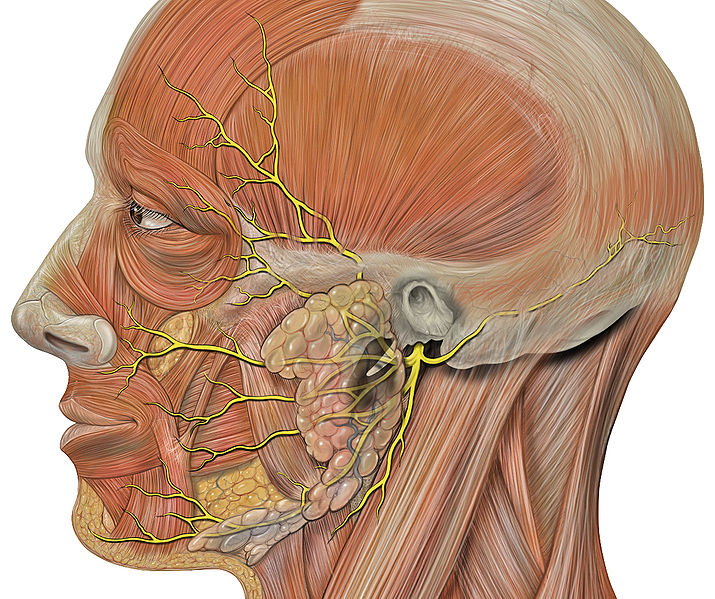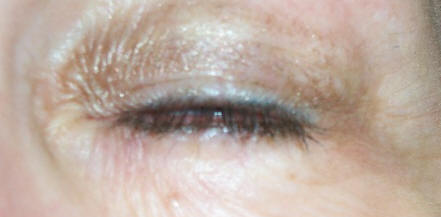Lagophthalmos
Anatomy & Function of the Facial Nerve
- The facial nerve (CNVII) has two major divisions and controls the muscles of facial expression, including the frontalis muscle (raises the eyebrows), the orbicularis oculi muscle (closes the eyes), the zygomaticus muscles (raises the angle of the mouth)
Branches
- Greater petrosal nerve - provides parasympathetic innervation to lacrimal gland, sphenoid sinus, frontal sinus, maxillary sinus, ethmoid sinus, nasal cavity, as well as special sensory taste fibers to the palate via the Vidian nerve.
- Nerve to stapedius - provides motor innervation for stapedius muscle in middle ear
- Chorda tympani - provides parasympathetic innervation to submandibular gland and sublingual gland and special sensory taste fibers for the anterior 2/3 of the tongue.

Etiologies
- Paresis of the orbicularis oculi muscle leads to a diminished blink, incomplete eyelid closure (Lagophthalmos), impairment of the nasolacrimal pumping system
- The blink reflex and lid position are critical to maintain the ocular surface
- Each blink spreads the tear film over the ocular surface and allows for a continuous layer of moisture.
- Congenital
- Acquired
- Bell's Palsy
- vascular lesions
- Tumors Trauma
- Acoustic Neuroma
- Parotid gland
- temporal bone tumor
Symptoms
Terms
Lagophthalmos: Patients with lagophthalmos have an inability to close eyelids. This may possibly occur, for instance, in patients with Thyroid eye disease. Visit the lagophthalmos page for more details.

.png)

